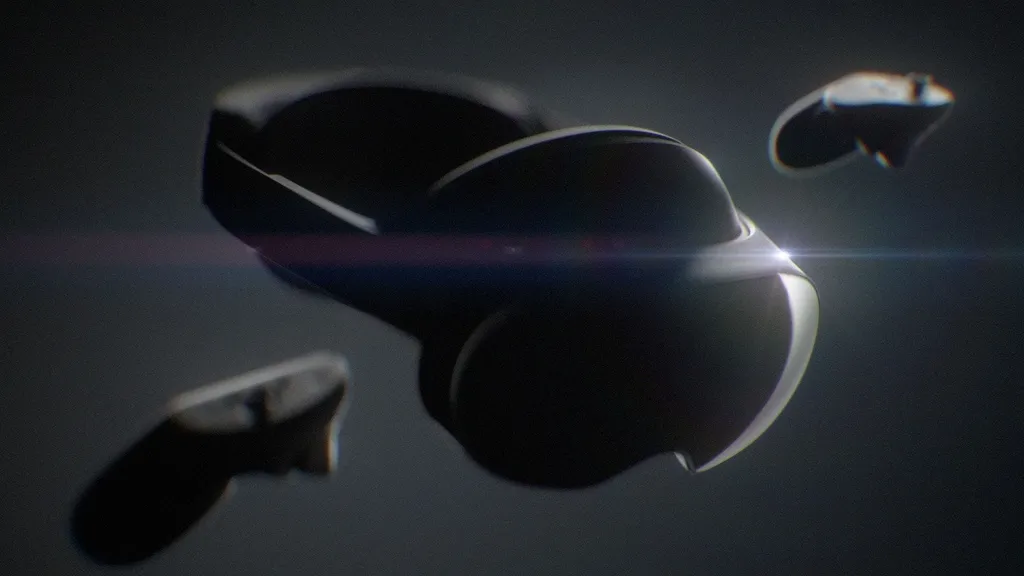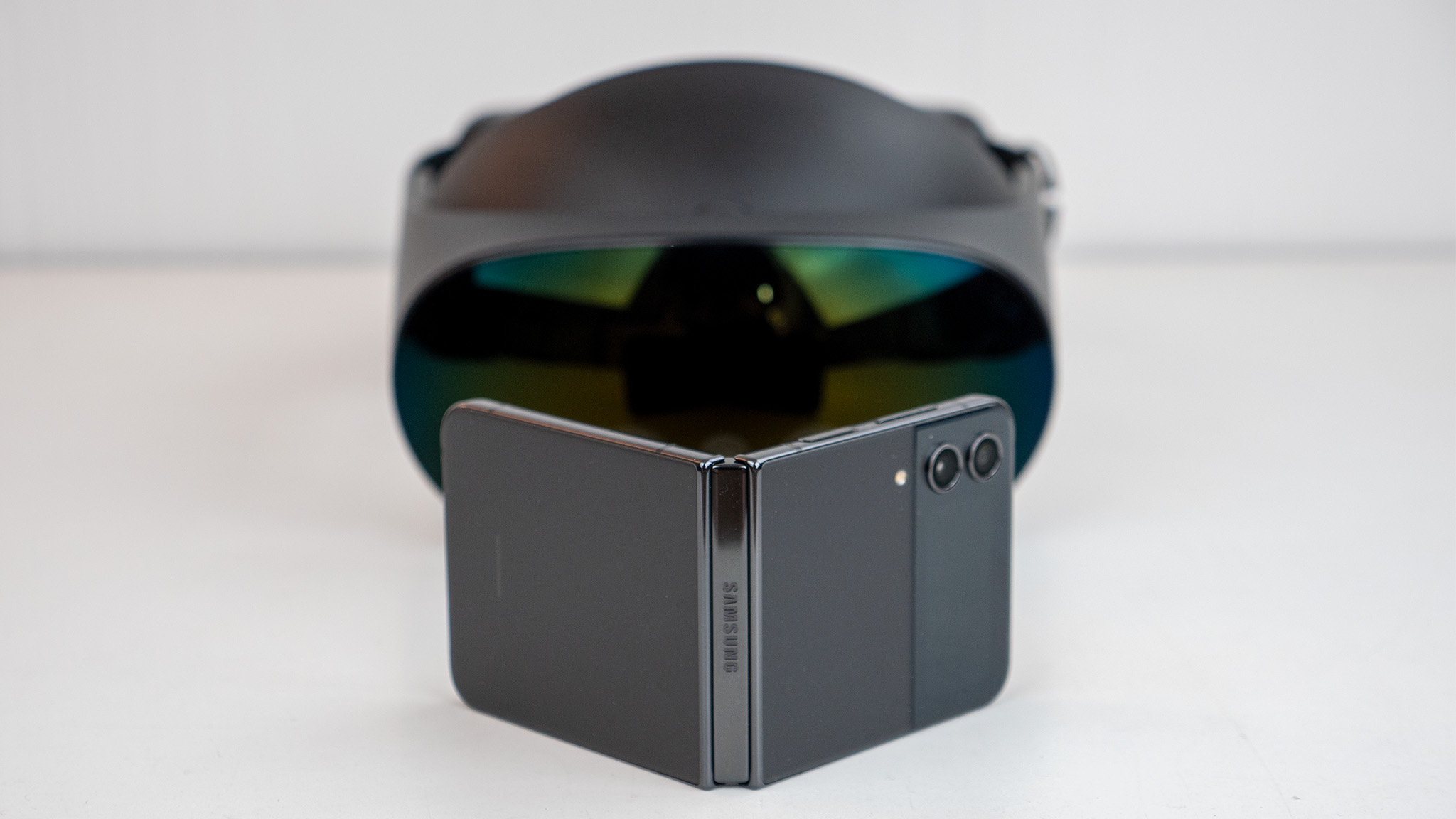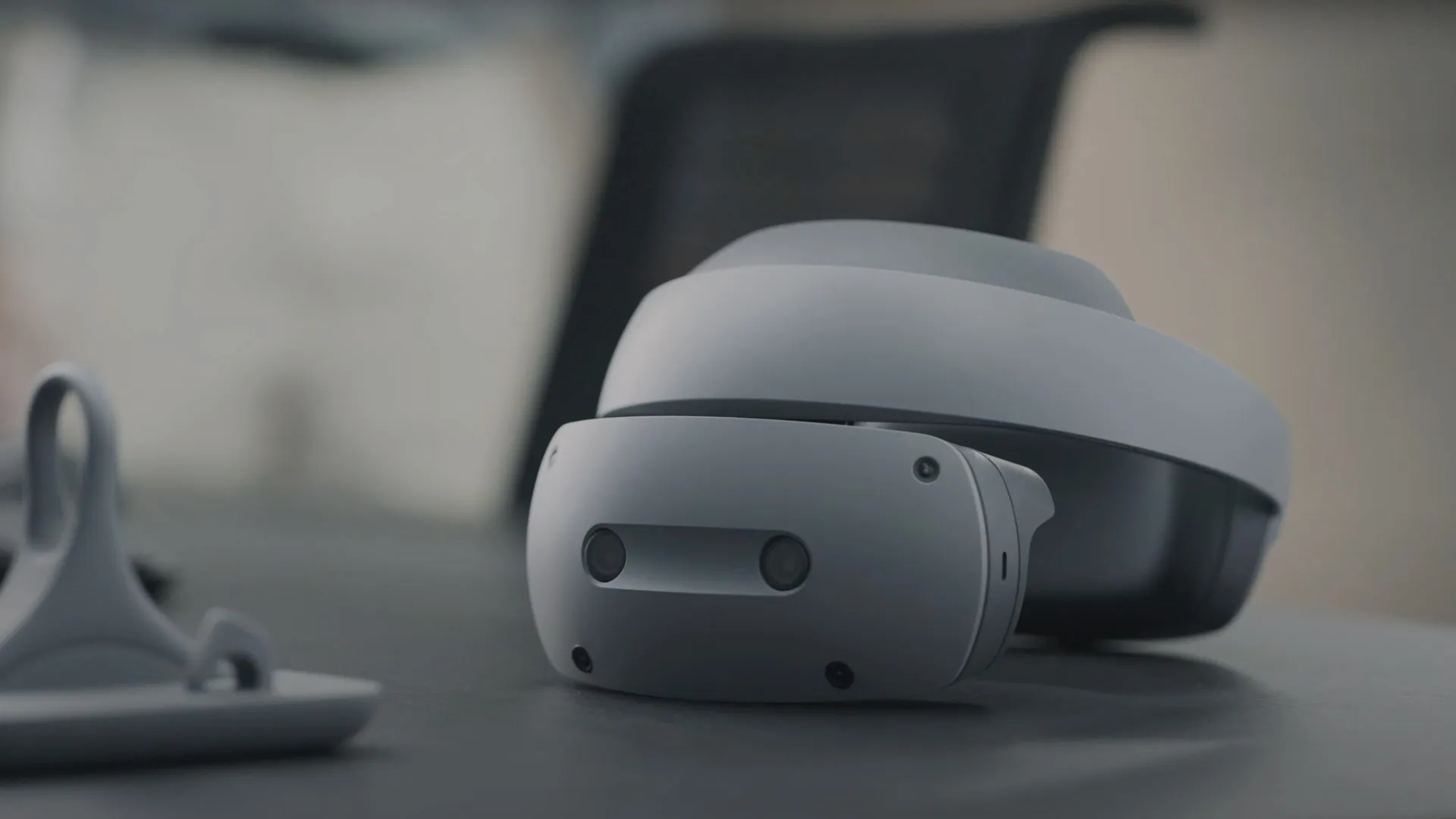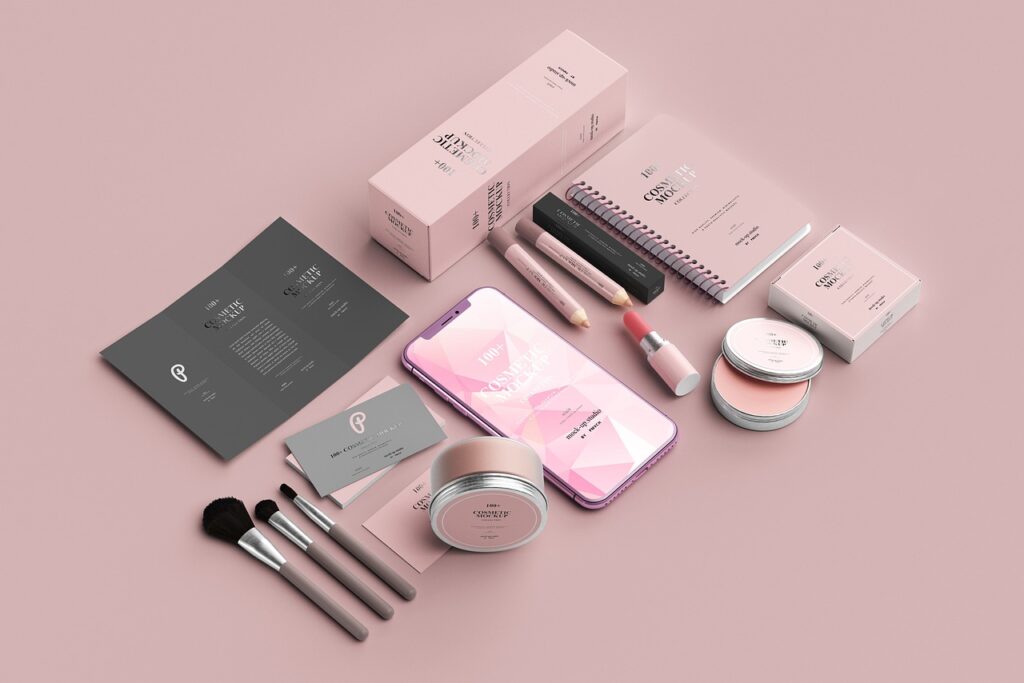As we move quickly into a more digitally connected future, 2025 will be a start to game-changing years for XR technology. XR is no longer just for niche markets or tech fans—it’s becoming a must-have in personal and professional spaces. This shift marks a key moment where VR, AR, and MR are breaking past old limits in usability and access. In the next few years, we can expect immersive experiences to blend effortlessly into our daily lives, enhancing how we learn, work, receive healthcare, and entertain ourselves thanks to advanced softwares and devices like the upcoming VR headsets.
What is Extended Reality?

Extended Reality, or XR, is an umbrella term that encompasses a blend of immersive technologies, including Augmented Reality (AR), Virtual Reality (VR), and Mixed Reality (MR). XR technologies aim to merge the physical and digital worlds, creating interactive environments that can enhance how we experience everything from entertainment and social interaction to professional training and medical treatments.
- Augmented Reality (AR) overlays digital information—such as images, animations, or text—onto the real world, allowing users to interact simultaneously with physical and virtual elements.
- Virtual Reality (VR) creates digital spaces where users can immerse themselves in computer-generated environments, often for gaming, training, or creative exploration.
- Mixed Reality (MR) combines elements of AR and VR, letting digital objects interact with the real world in a dynamic, responsive way. In MR, for instance, virtual objects might respond to real-world lighting or be manipulated with gestures.
What is an XR Headset?

An XR headset is a wearable device designed to deliver immersive Augmented Reality (AR), Virtual Reality (VR), and Mixed Reality (MR) experiences. They range from lightweight AR glasses to fully immersive VR headsets, each tailored for specific use cases. Key challenges for the next VR headsets today include optimizing battery life, minimizing device weight, and improving ease of use, which are crucial for broader adoption. As these headsets evolve, they will become essential tools across various fields, from professional training to interactive entertainment, creating new ways for users to engage with digital content in real-world contexts.
AI will enhance upcoming VR headsets with features like gesture recognition, eye tracking, and adaptive interfaces, making interactions more intuitive and personal. While some headsets focus on high resolution, others prioritize comfort for extended wear. Beyond entertainment, XR is revolutionizing fields like training and healthcare, making digital interaction seamless and widely accessible as we approach 2025.
What is the Best VR Headset for 2025?
Choosing the best VR headset depends on your specific needs. For gaming enthusiasts, options like Valve Index 2 (Deckard) offer advanced specs and Steam compatibility, while Apple’s Vision Pro 2 provides an ecosystem-driven approach for Apple users. Professionals looking for productivity and collaboration features might lean toward the Meta Quest Pro 2. Ultimately, the best XR headset blends high-quality resolution, responsiveness, and ease of integration into your workflow or leisure activities. More budget-friendly and user-friendly options are expected as technology advances, opening up XR experiences to a broader audience. You can also read our article about the Best VR Headsets.
What These Technologies Do
XR headsets are already transforming various fields by providing immersive, risk-free environments for complex tasks. Here’s where they’re making an impact:
- Healthcare and Lifestyle: XR technologies can make it easier to perform medical simulations or practice complex procedures in a risk-free environment. You can check our Immersive CPR Training project for Red Cross.
- Aerospace and Defence: technologies such as headsets could help train pilots and plan tactics and missions.
- Education and Training: These instruments can improve the learning experience, making it more immersive. They could also be an essential resource for practice tasks in a simulated environment, reducing risks and costs, just like we did with the XR Piano App we developed.
- Public sector: Headsets and other XR devices can improve public safety, urban planning, and disaster management. Check the XR Research Lab from UPOL University.
- Entertainment and Commercial: XR technologies can be used for live events, film, and marketing. They can also be very useful in virtual shopping experiences. They allow the user to try on clothes before purchase, visualize furniture in a room, and much more, reducing the risk of returns. A very good example is our Mixed Reality Expo Solution for the Mobile World Congress in Barcelona.
The upcoming VR headsets
In 2025 approaching, several tech leaders are preparing to launch advanced XR headsets. Here’s what’s on the horizon:
Apple Vision Pro 2
- Apple Vision Pro 2 is rumored to enter mass production by mid-2025. It combines Apple Intelligence with spatial computing, all driven by the lightning-fast M5 chip. The company’s goal is to create new apps and features, following the new possibilities from AI, like text and image generation. Apple wants to reach the point where its customers can use its products daily.
Another rumor about Apple is that it could develop a cheaper and simpler headset that can be used by many more users, as if Apple is opening up to an “air” line for VR tools.

Valve Index 2 (Deckard)
Valve’s follow-up to the Index headset, expected to be called “Deckard,” is moving towards a standalone design, aiming to enhance accessibility by eliminating the need for a powerful PC connection. This device is speculated to include a high-resolution display and wide field of view, improving the original Index. Additionally, rumors suggest that it may allow users to play Steam Deck games, giving it flexibility beyond VR. With more responsive controllers and high-end specs, the Index 2 could set new standards in VR.

Meta Quest Pro 2
Meta’s Quest Pro 2 is projected to continue focusing on augmented and virtual reality applications for professional environments. While exact details are sparse, it’s likely to expand on the Quest Pro’s design, with improved resolution, tracking, and processing power, allowing it to compete with high-performance AR/VR headsets aimed at enterprise users. Given Meta’s strategy, expect a focus on productivity, collaboration, and AI-driven enhancements in its software ecosystem.

Google & Samsung XR Headset
Samsung and Google have joined forces on an XR headset that’s expected to run on a specialized Android OS. This headset is likely designed for mainstream consumer appeal, leveraging Google’s AI expertise and Samsung’s hardware to support AR and VR experiences. Reports suggest it will prioritize interoperability with other devices, making it more adaptable for users familiar with Samsung’s Galaxy and Google’s Pixel ecosystems. This collaboration aims to offer a seamless XR experience that complements Google and Samsung’s broader tech ecosystems.

Sony XR Headset
Sony’s foray into XR technology showcases its dedication to innovation and immersive experiences. Building on its expertise from the PlayStation VR series, Sony’s upcoming XR headset promises high-resolution displays, advanced haptic feedback, and seamless integration with the PlayStation ecosystem. This new headset will likely push the boundaries of mixed reality, offering developers and users an unparalleled platform for gaming, virtual collaboration, and more. Sony’s focus on comfort and ergonomic design aims to enhance prolonged usage, making it a strong contender in the XR space.

Expectations for the Future
The main challenge will be to ensure that the next VR headsets are accessible and usable by an ever-wider audience, overcoming economic and technical barriers. Introducing cheaper and more user-friendly devices could represent an essential step towards the democratization of XR. Integrating AI and hardware improvements will make the interaction more natural and engaging, opening the way to new applications and transforming our everyday experience.
Preparing for this immersive future, we must consider the importance of XR technologies’ safe and ethical use, addressing privacy, health, and digital well-being issues. If carefully managed, the innovations of 2025 could be the springboard to a more interconnected, efficient, and rich in possibilities world, where the line between real and virtual becomes increasingly blurred and challenging.
Creating XR Headset Solutions
Our Top-quality XR Creative Studio at YORD Studio specializes in developing immersive XR solutions tailored to businesses worldwide. We design and deliver cutting-edge experiences for AR, VR, and MR headsets, enabling organizations to transform their training, marketing, and interactive engagement. By leveraging our expertise, we help companies harness the power of XR technology, enhancing their impact in an ever-evolving digital landscape. Ready to elevate your business with XR? Connect with us to explore how our tailor-made solutions can drive innovation and success.
👋 get in touch
By clicking the “send” button, I agree to the collection and processing of my personal data as described in the Privacy Policy.





